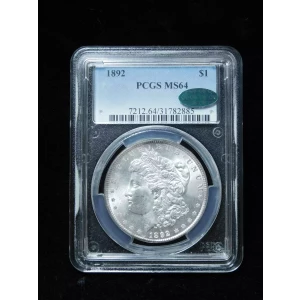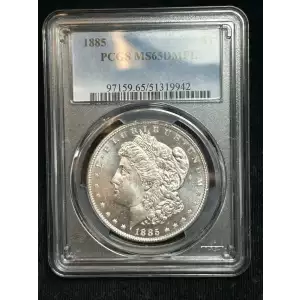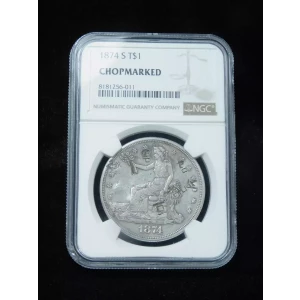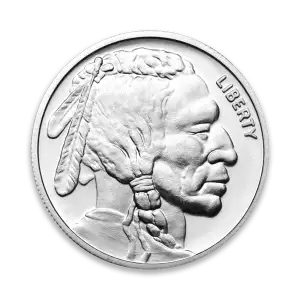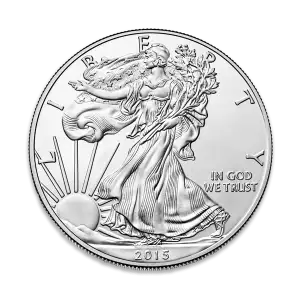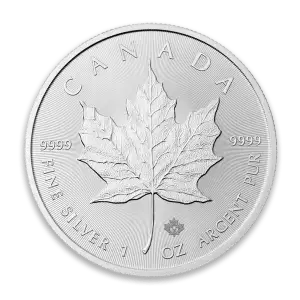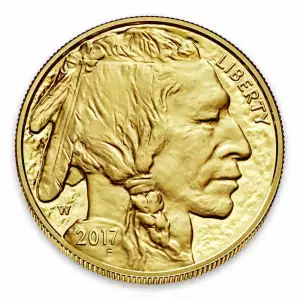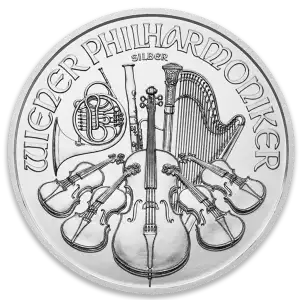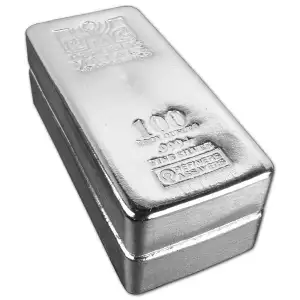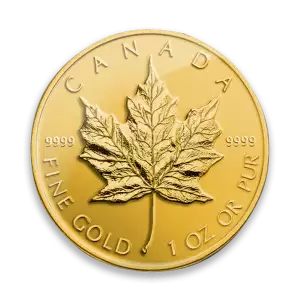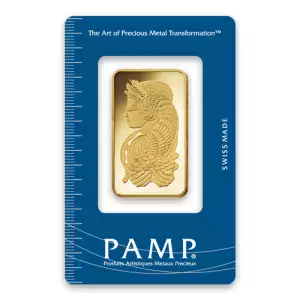Understanding PCGS & NGC (Phoenix & Peoria, AZ Edition)
If you’re starting a coin collection or looking to invest in rare coins in Phoenix or Peoria, AZ, one essential skill to learn is coin grading. It’s not just about aesthetics - grading determines the value, authenticity, and marketability of your coins by assessing the coin’s condition. A crucial factor in this assessment is 'circulation wear,' which refers to the signs of wear from everyday transactions that can significantly impact a coin's grading and market valuation.
Coin collecting is a thriving global industry that has evolved significantly over the years. Understanding coin grading, a critical aspect of coin collecting, can help both collectors and investors navigate the market effectively, especially in an environment where the value of rare coins has seen record sales at auctions.
This beginner-friendly guide breaks down the basics of PCGS and NGC coin grading, explains what the numbers mean, and helps you understand how to navigate grading with confidence in Arizona’s unique collecting environment.
What Is Coin Grading?
Coin grading is the process of evaluating a coin’s condition and assigning it a score based on a standardized scale. A coin’s grade significantly impacts its value - the same coin type in Mint State could be worth hundreds more than one in circulated condition, making it crucial to have your coin graded.
Key Factors in Coin Grading:
- Strike – Quality of the design impression
- Luster – The coin’s shine and reflection, often referred to as original mint luster, which is crucial for determining its grade
- Color/Toning – Natural color vs. artificial discoloration
- Surface Preservation – Scratches, nicks, contact marks, or other wear
- Design Elements – The visibility and wear of major design elements, which are critical in assessing a coin's condition and value
Most coins are graded on the Sheldon Scale, which ranges from 1 to 70. Under close inspection, even coins graded as Extremely Fine may reveal minor wear on their high points, indicating the level of preservation that can only be discerned with a careful look.
Meet the Industry Giants: PCGS & NGC
There are two major players in the professional grading world: Numismatic Guaranty Corporation (NGC) and Professional Coin Grading Service (PCGS). These companies are recognized for their trusted grading processes and serve as benchmarks for collectors seeking to evaluate the quality of coins accurately. PCGS and NGC set the industry standard for coin grading, ensuring that collectors and investors can rely on consistent and credible evaluations to grade coins accurately. Both PCGS and NGC use mint state grades, ranging from MS60 to MS70, to evaluate coins that have no evidence of circulation wear.
PCGS – Professional Coin Grading Service
- Founded in 1986
- Known for strict grading standards
- Offers secure, tamper-evident holders (slabs)
- Highly respected by investors and dealers alike
- Trusted coin dealers play a crucial role in educating collectors about PCGS grading standards.
- Surface Preservation – Scratches, nicks, or other wear, including bag marks, which can significantly impact a coin’s grade. AU coins, for example, show over 95% detail with very minimal wear and are categorized within three grading buckets. They can retain much of their original luster while having minor imperfections that differentiate them from Mint State coins.
NGC – Numismatic Guaranty Corporation
Founded in 1987
Recognized for consistent grading and beautiful presentation
Offers EdgeView® holders with verification features
Popular with both new collectors and institutional buyers
NGC’s consistent grading and beautiful presentation often highlight the coin’s mint luster, which is crucial for determining its grade. For About Uncirculated (AU) coins, maintaining much of their original luster despite slight wear at the highest points is important for their evaluation.
Professional numismatists play a crucial role in NGC’s grading process, ensuring expert knowledge and adherence to the Sheldon Scale.
Both services are trusted and accepted by collectors and investors across Arizona and beyond.
Understanding the Coin Grading Scale

Coins are graded on the Sheldon 70-point scale, where each coin is assigned a specific numerical grade ranging from 1 (poor) to 70 (flawless).
| Grade | Description | Notes |
G-4 | Good | Heavy wear, major detail loss |
F-12 | Fine | Moderate wear, some detail |
VF-20 | Very Fine | Clear features with wear |
EF-40 | Extremely Fine | Sharp features, light wear |
AU-50 | About Uncirculated | Minimal wear, great condition |
MS-60 to MS-70 | Mint State | No wear, pristine surfaces |
PR-60 to PR-70 | Proof | Struck for collectors, mirror finish. Proof coins are made with specially prepared dies and planchets, resulting in sharper details. |
“MS” stands for Mint State (uncirculated coins). “PR” or “PF” refers to Proof coins (specially struck for collectors). Under close inspection, even coins graded as Extremely Fine may reveal minor wear on their highest points, indicating the level of preservation that can only be discerned with a careful look.
PCGS vs. NGC: Which Should You Use?
Both companies are excellent, but here’s how they compare for Arizona collectors:
| Feature | PCGS | NGC |
Market Reputation | Slightly higher in resale, often fetching a higher price | Highly trusted by collectors |
Holder Quality | Premium security features | Sleek, clear presentation |
Turnaround Times | Slightly slower | Generally quicker |
| Price | Comparable | Comparable |
Tip for locals: PCGS may be better for high-end resale due to its reputation for exceptional eye appeal, while NGC is often preferred for building collections or submitting in bulk. Understanding the grading standards of both companies is an important factor for collectors.
Why Coin Grading Matters in Arizona
Whether you’re shopping at a Phoenix coin show or visiting a dealer in Peoria, most collectors agree that graded coins offer:
- Trust & Transparency: Buyers and sellers know exactly what they’re getting
- Higher Resale Value: A graded coin can fetch significantly more
- Authentication: Professional grading verifies the coin is not counterfeit
- Market Liquidity: Graded coins are easier to sell online or at shows
- Design Evaluation: The coin's design is carefully assessed, as the clarity of design details directly influences the coin's grade and value
At Copper State Coin & Bullion, we regularly assist collectors and investors in understanding, submitting, and evaluating graded coins. Connecting with fellow collectors in the Arizona coin collecting community can also enhance your knowledge and experience.
Beginner Mistakes to Avoid
Even experienced collectors slip up. Here are common grading missteps:
- Cleaning Coins Before Submission – This can destroy value
- Sending Low-Value Coins for Grading – Not all coins are worth the cost
- DIY Grading – Self-assessment is rarely accurate without training
- Ignoring Local Experts – Don’t underestimate your trusted Phoenix-area dealers
- Mistaking a Weak Strike for Wear – A weak strike can affect luster and definition, making it crucial to distinguish from slight wear due to circulation
- Sending Heavily Worn Coins for Grading – Heavily worn coins, typically graded as Poor 1 through Very Good, exhibit minimal design visibility and are often not worth the grading cost due to their extensive use and lower valuation among collectors
How to Get Your Coins Professionally Graded
1. Decide If Grading Is Worth It
- High-value or rare coins?
- Modern, circulated coins? (usually not worth it)
- Coins in the lowest grade? (may not be worth the cost of grading)
- Worn coins? (the amount of wear can diminish the clarity of major design elements and impact the overall grading scale)
2. Choose Your Grading Service
PCGS or NGC are both accepted by Copper State Coin. Dr. William Sheldon developed the Sheldon Coin Grading Scale in the 1940s, which assigns grades from 1 to 70 based on coin condition. This system is used by both PCGS and NGC to evaluate the quality and value of coins, including historical large cents. Morgan silver dollars are particularly popular for grading due to their large size and elegant design, though they present challenges such as common striking issues that can mimic circulation wear.
3. Submit Through a Local Dealer (Like Us!)
- We help with pre-screening, packaging, and paperwork
- Pre-screening helps assess the coin’s condition and finer details before submission. This includes checking for minor softness, which can indicate slight wear on the highest points of the coin's design.
- Safe shipping and insurance options included
4. Wait for Results
Grading can take 2–6 weeks depending on service level. The assigned grade will determine the coin’s market value, as it reflects its state of preservation and important details, affecting its price. A perfect coin would receive an MS-70 grade.
Services at Copper State Coin (Phoenix, AZ)
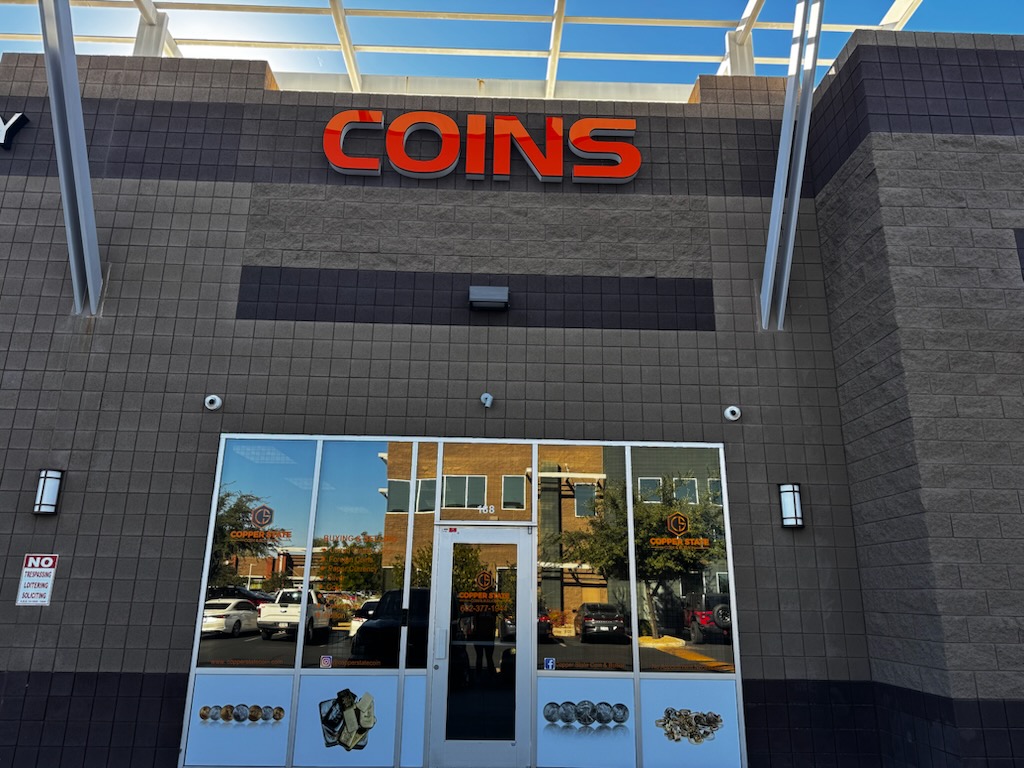
We’re here to help every step of the way. Visit us for:
- Grading advice tailored to your collection and coin’s condition
- Pre-screening for PCGS or NGC submissions
- Coin appraisals and fair offers on graded items
- Educational support for collectors of all levels
- Evaluating any coin type
- Assessing a coin's condition, including wear, damage, and alterations, to determine its grade
Serving Phoenix, Peoria, and surrounding Arizona communities since 2006!
FAQ
Q: How much does it cost to grade a coin?
A: Usually $20–50 per coin depending on the coin, service speed, and the coin’s condition.
Q: Can I sell a coin without grading it?
A: Yes, but you may get less than its full potential value.
Q: What coins should I grade?
A: Rare, high-value, or historically significant coins. Coins with a higher grade are more valuable as they reflect better overall condition and market value. Some details, such as circulation wear, can be seen with the naked eye, which helps in assessing the coin's condition.
Q: Does Copper State Coin help with submissions?
A: Absolutely! We guide you through the entire process.
Final Thoughts
Understanding coin grading opens up a new level of collecting and investing. Whether you’re buying, selling, or simply building your legacy, a solid grasp of PCGS and NGC grading standards is essential.
Coin grading is particularly important for coin collectors, as it helps determine the value and authenticity of their coins, ensuring they make informed decisions based on the coin’s condition. Coins that are 'worn flat' may have lower grades due to the loss of detail in features like lettering and intricate designs.
Stop by Copper State Coin in Phoenix, AZ to get your coins evaluated, graded, or appraised by local professionals who care about preserving your collection as much as you do.

